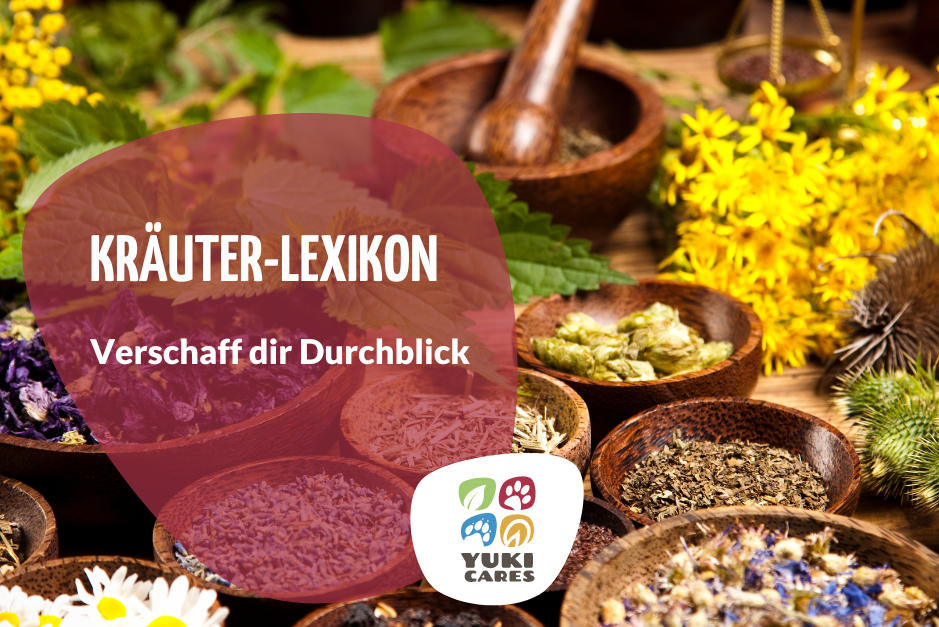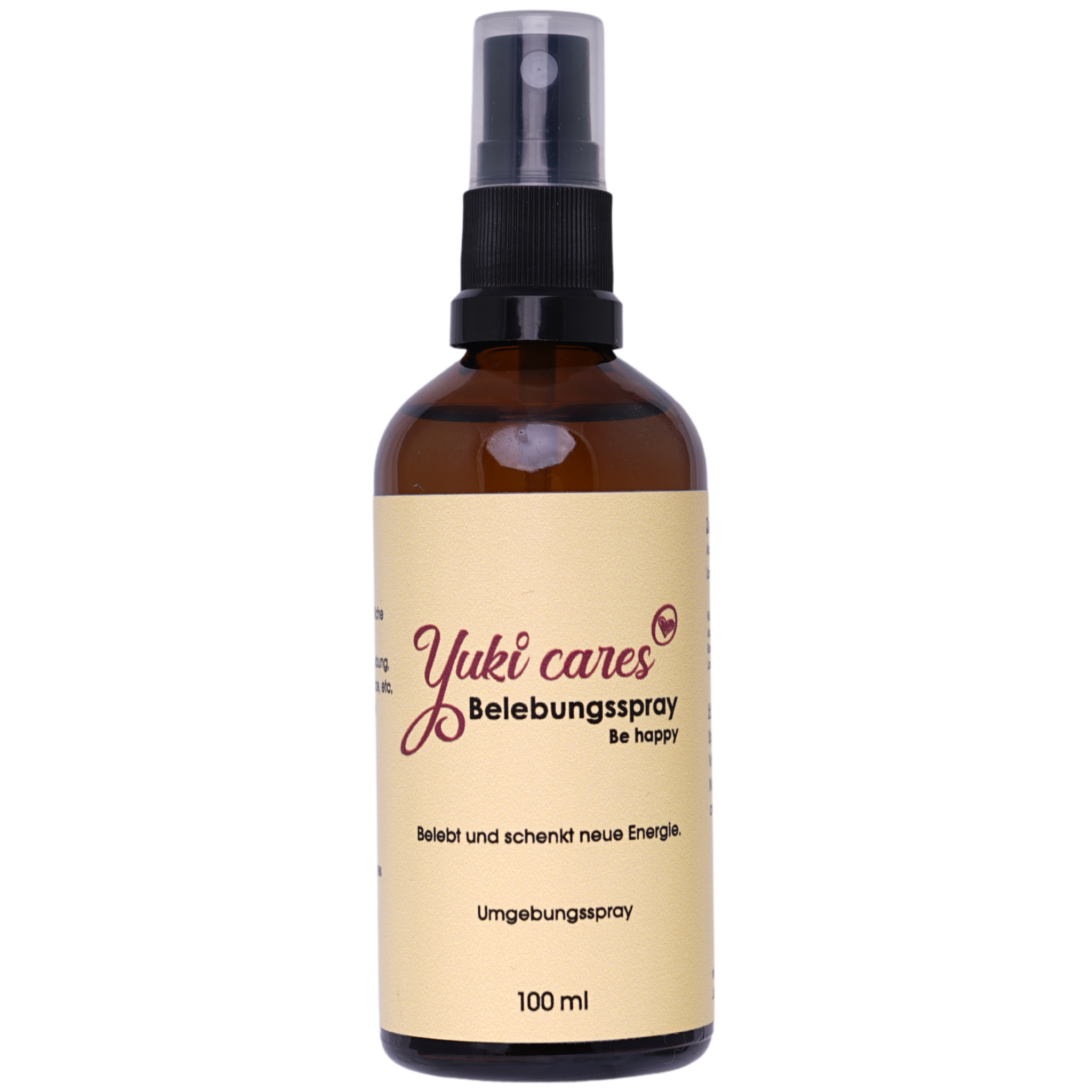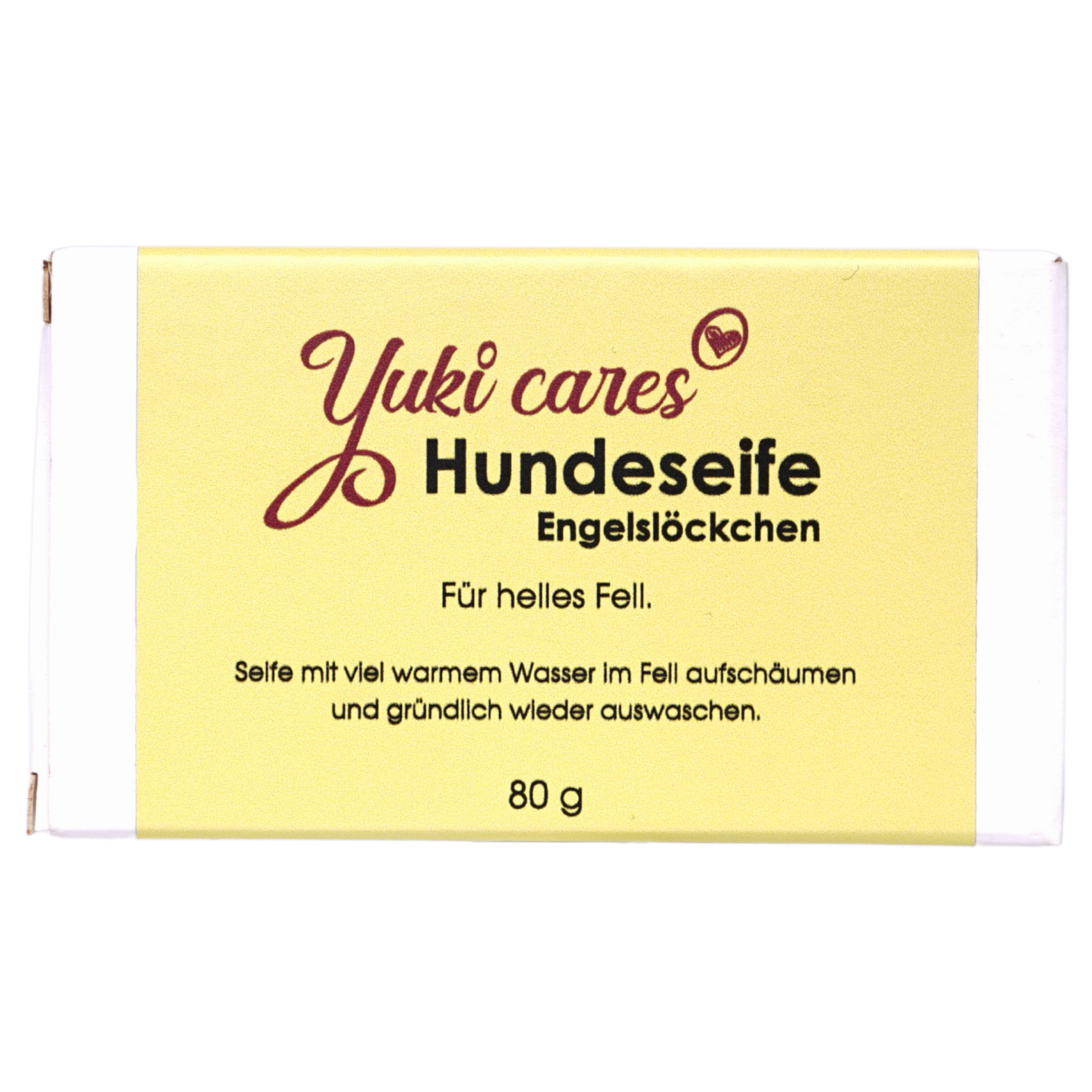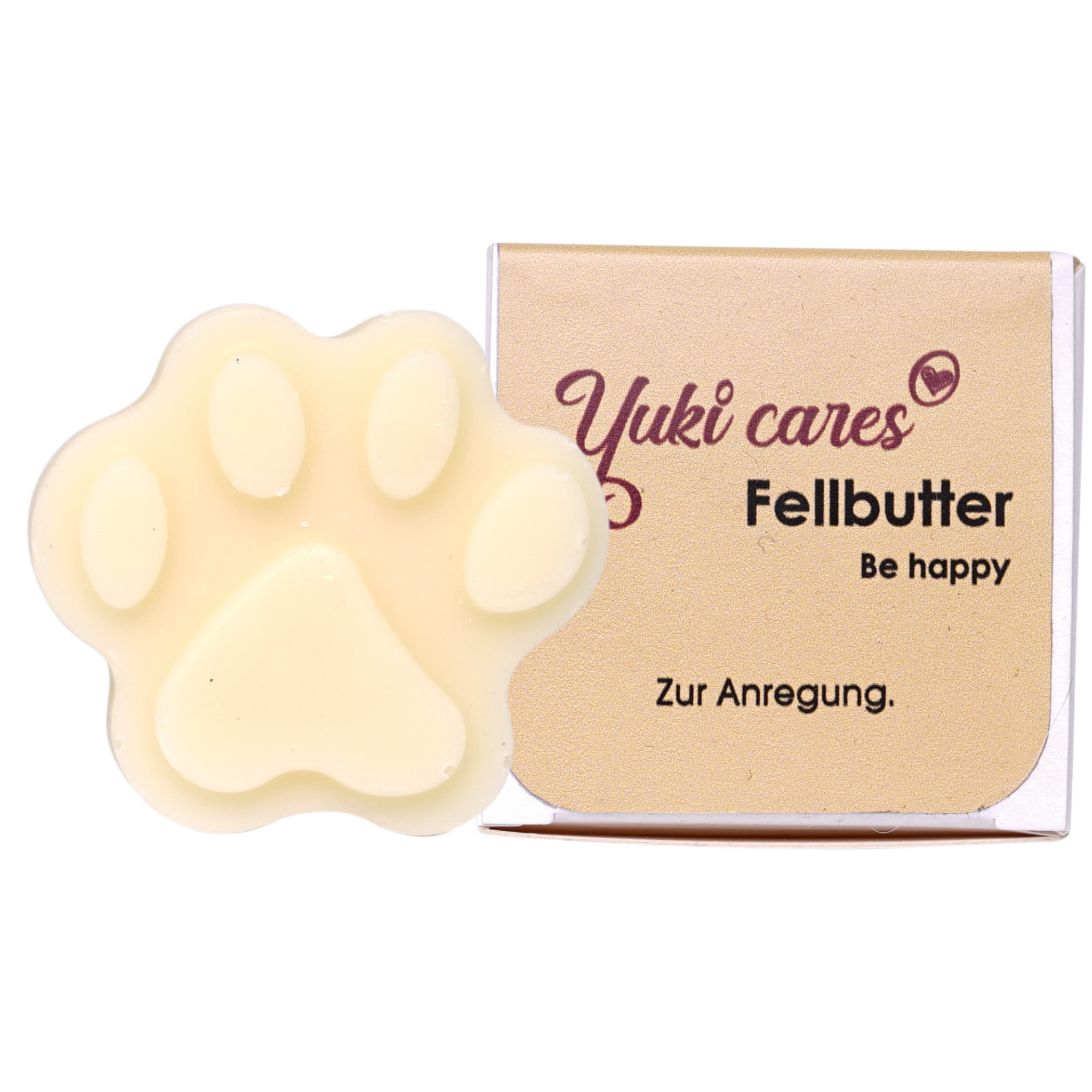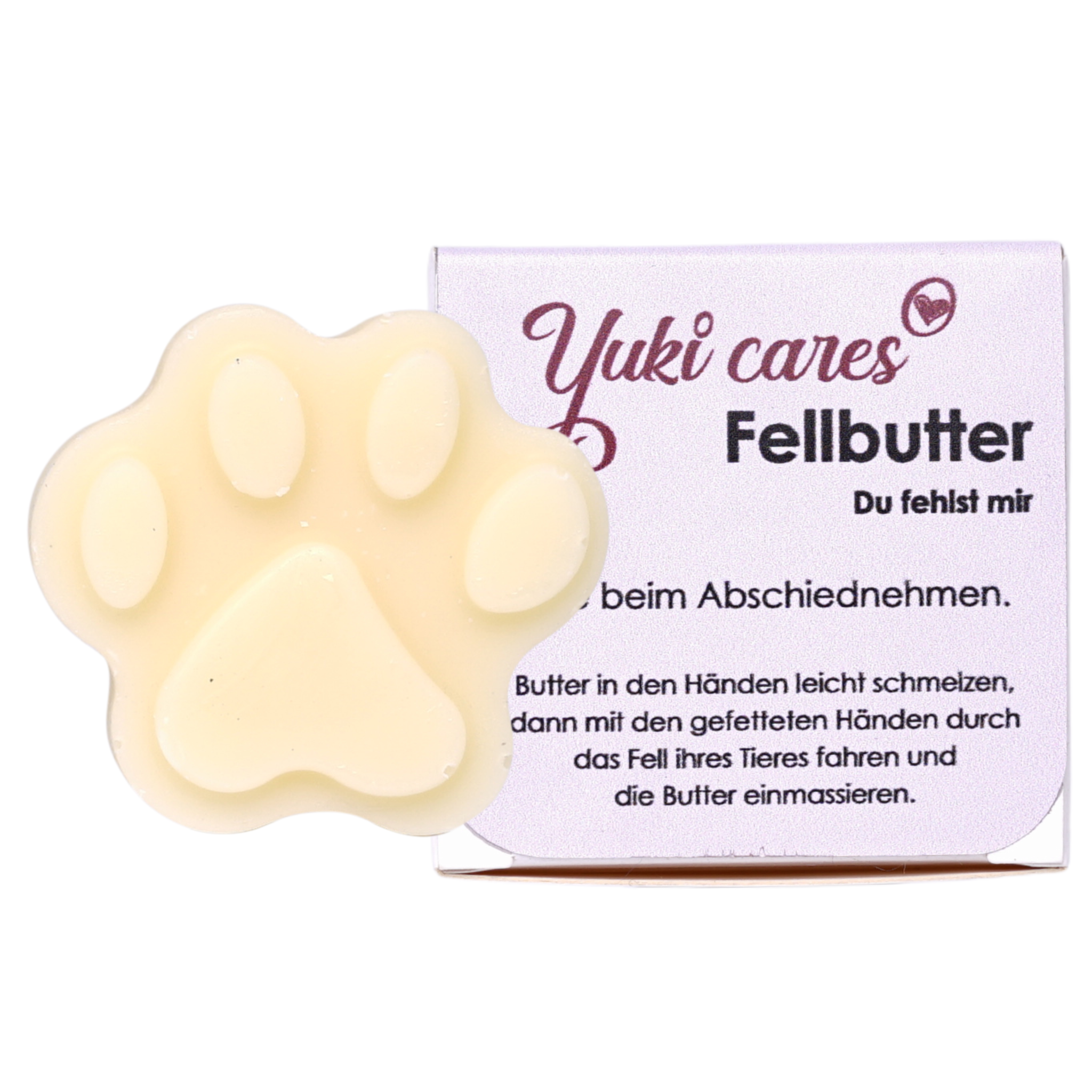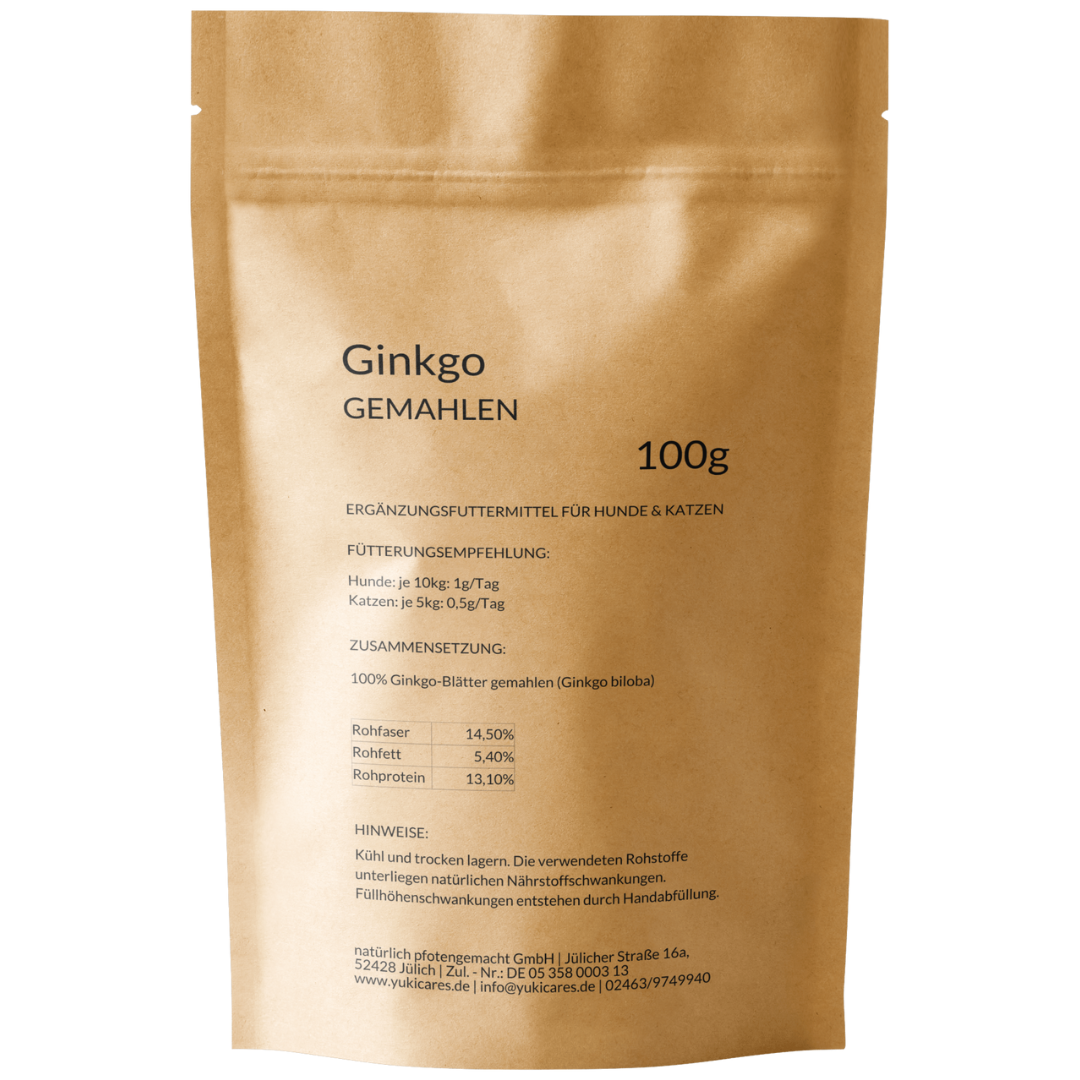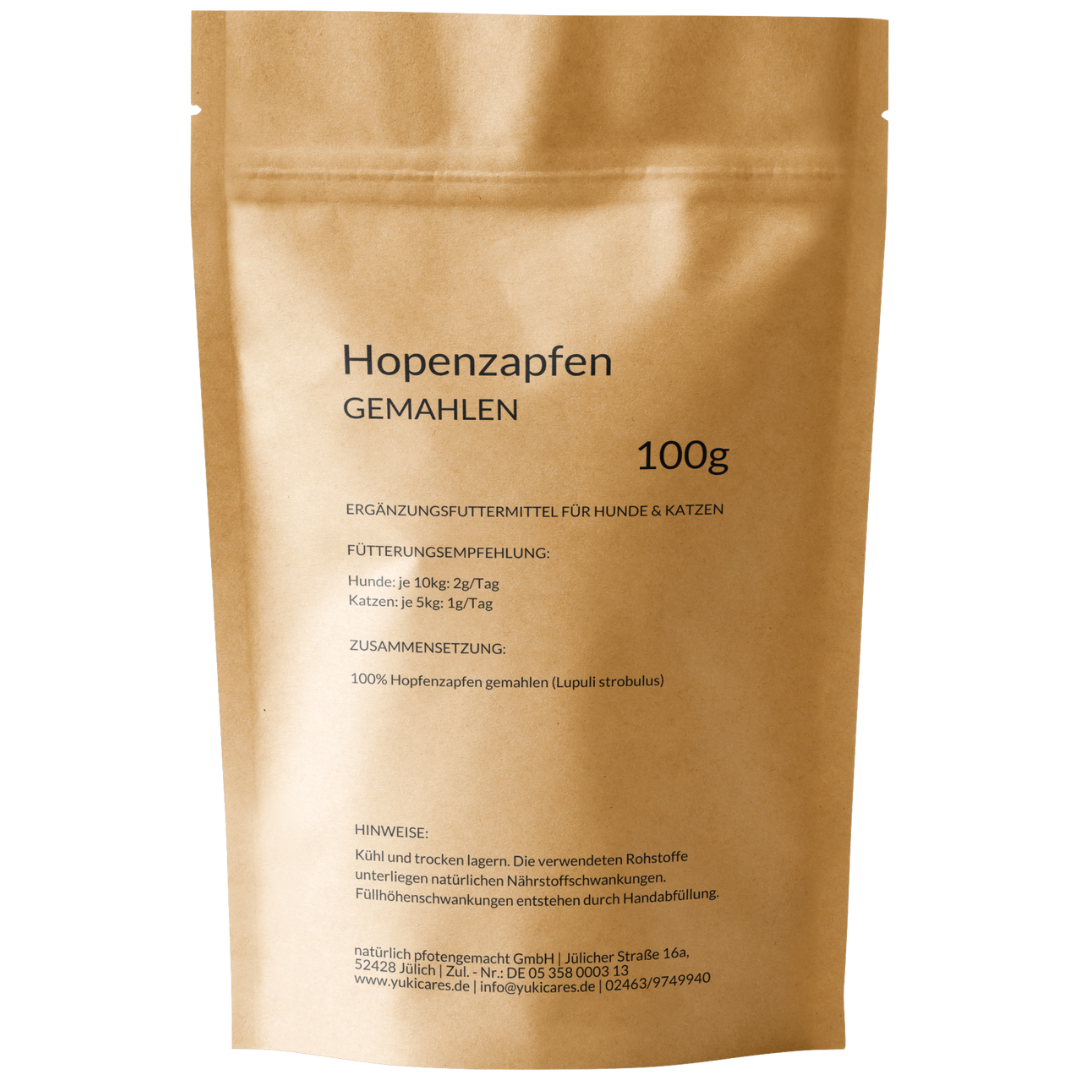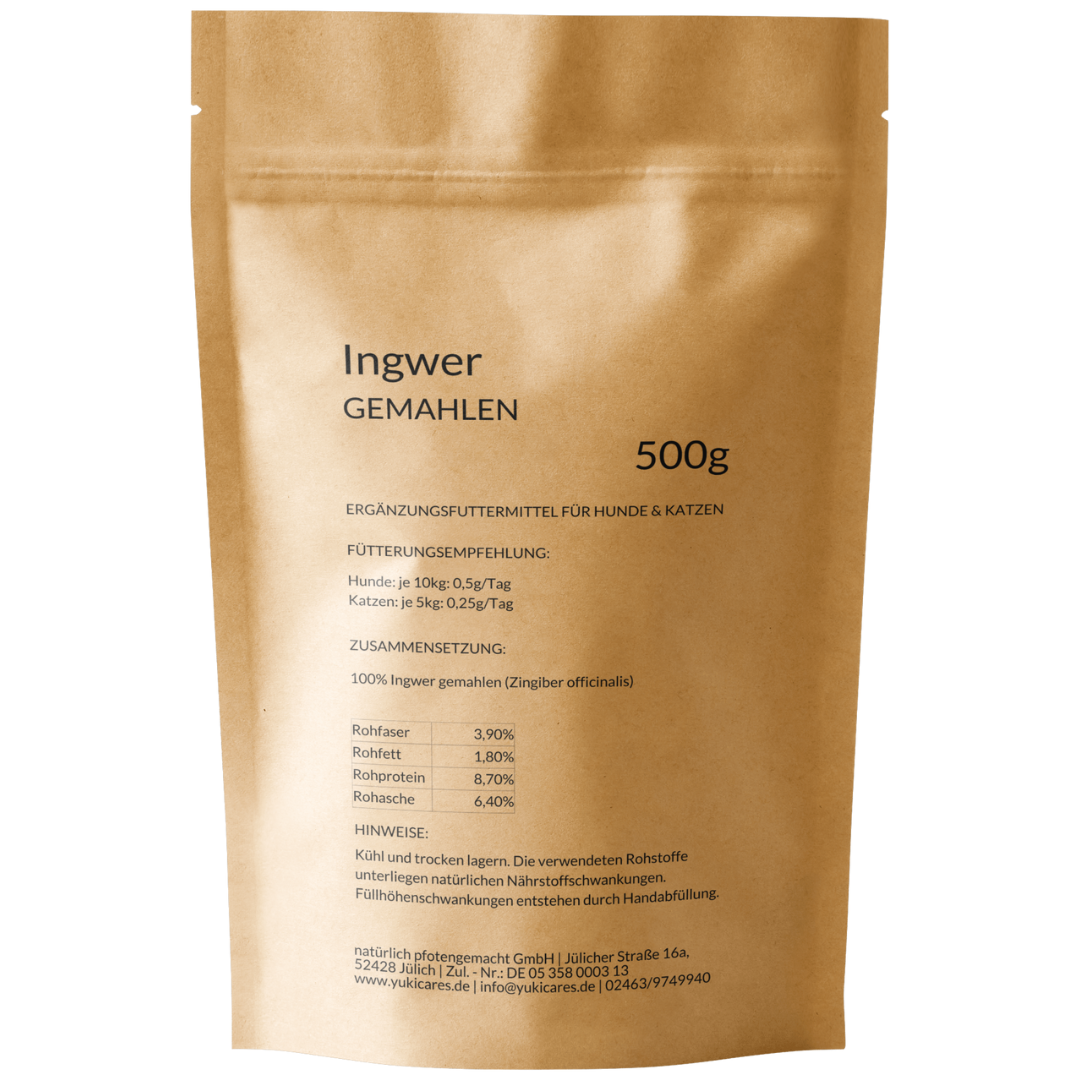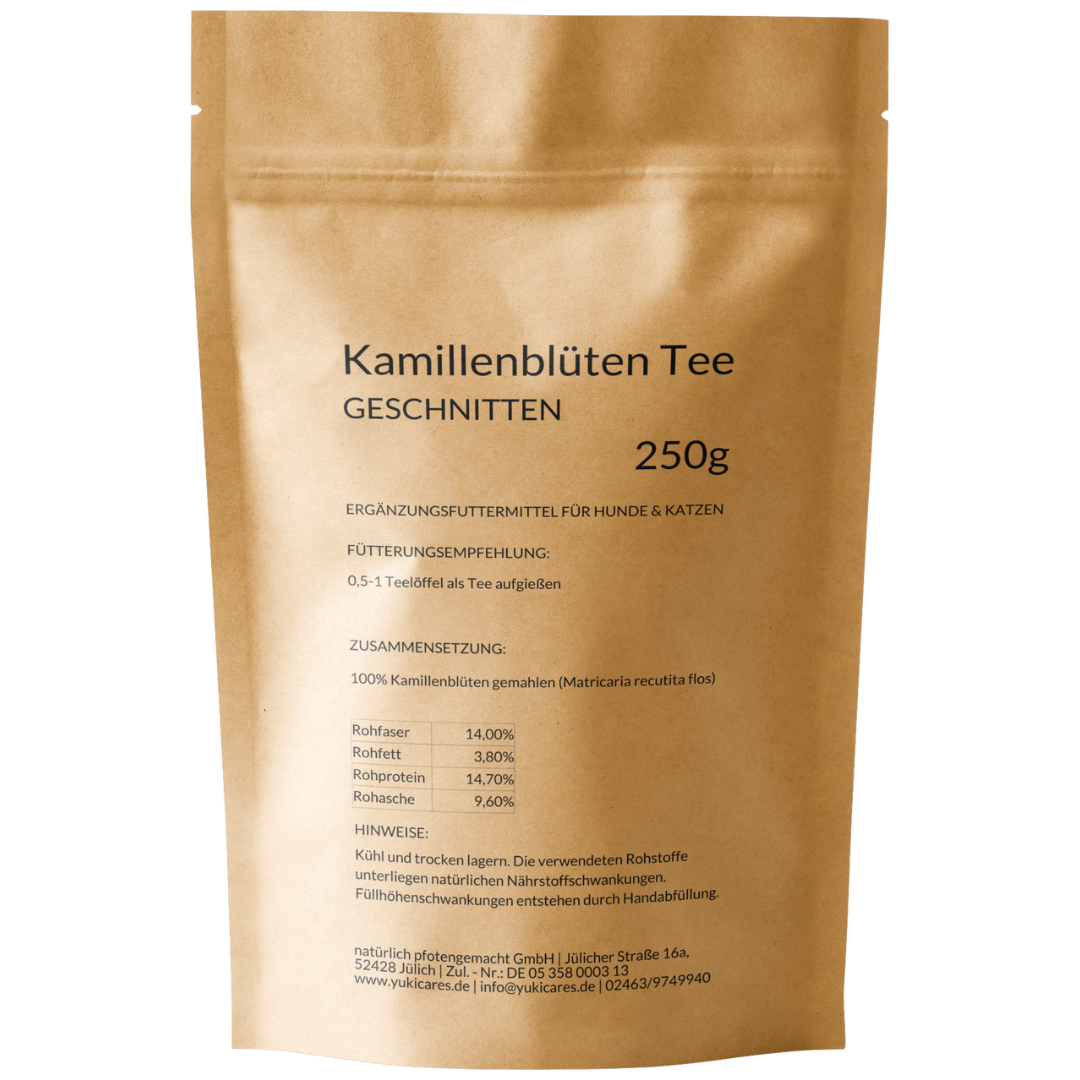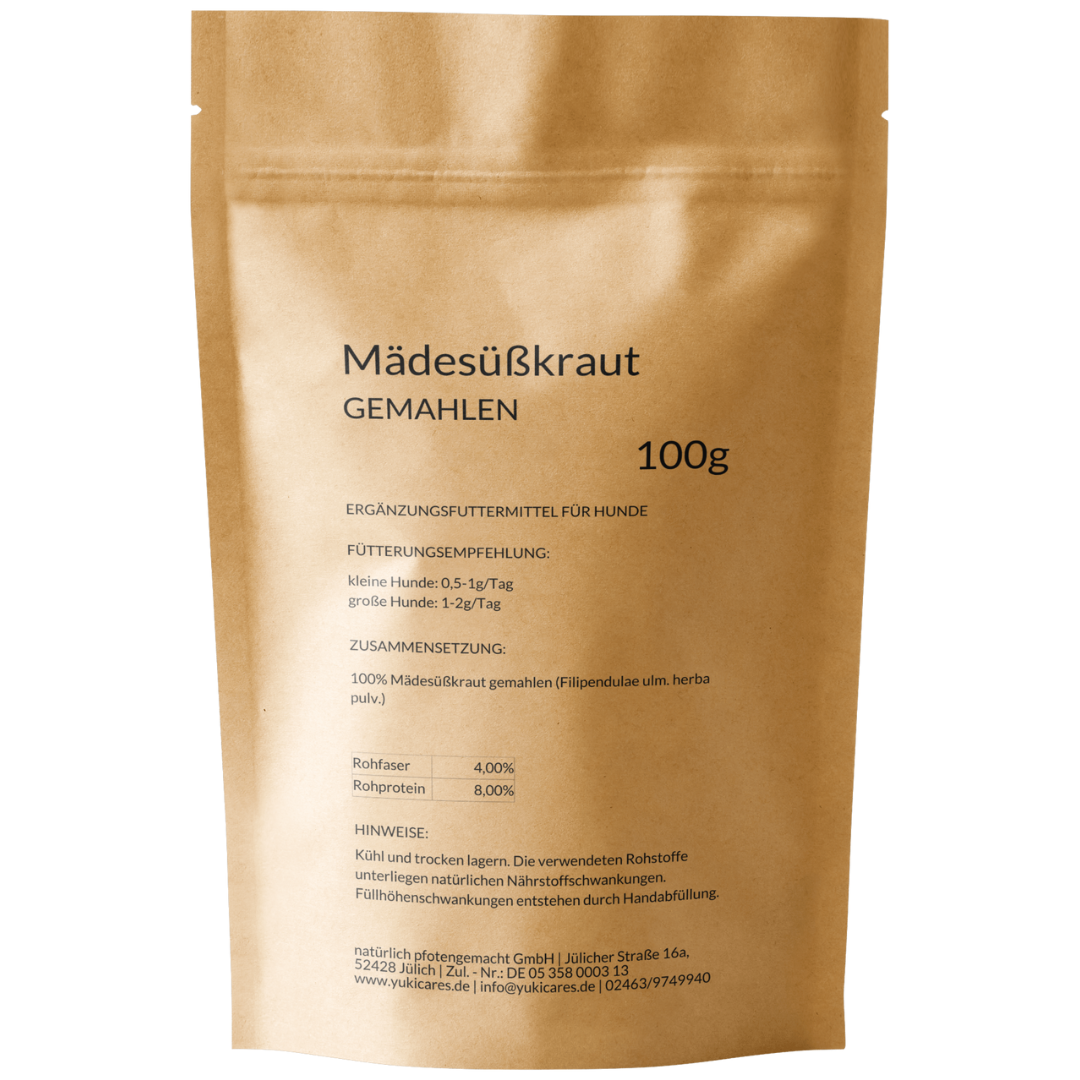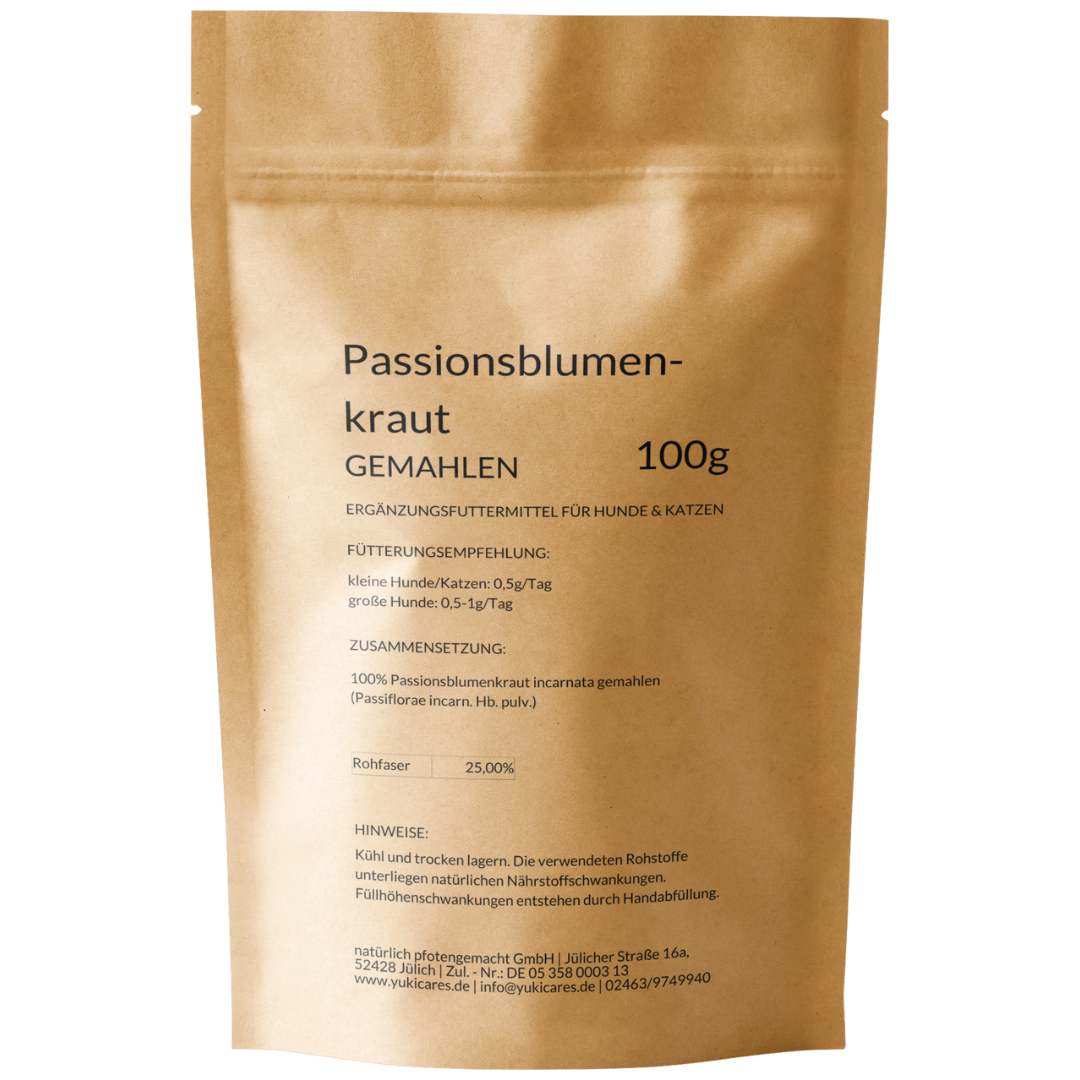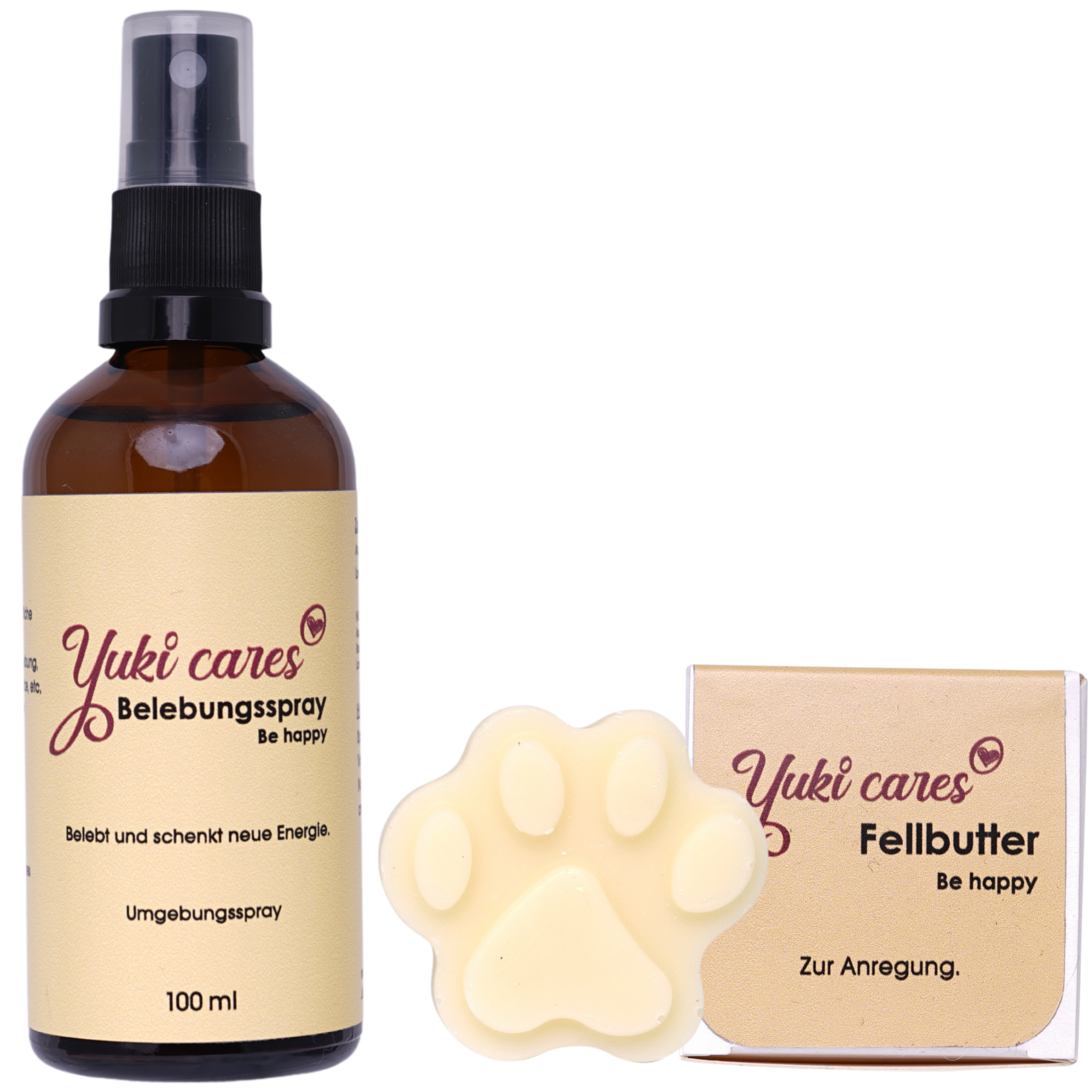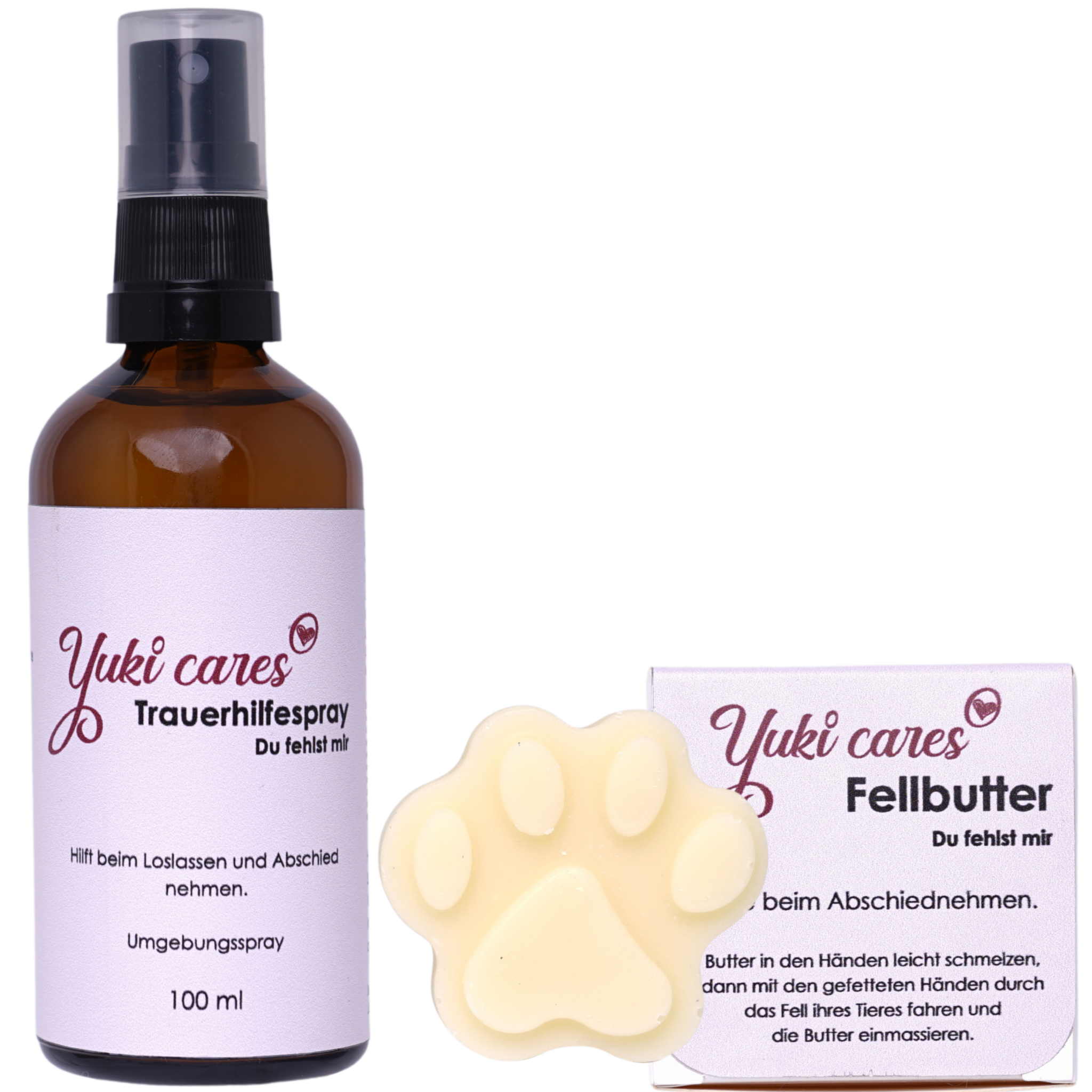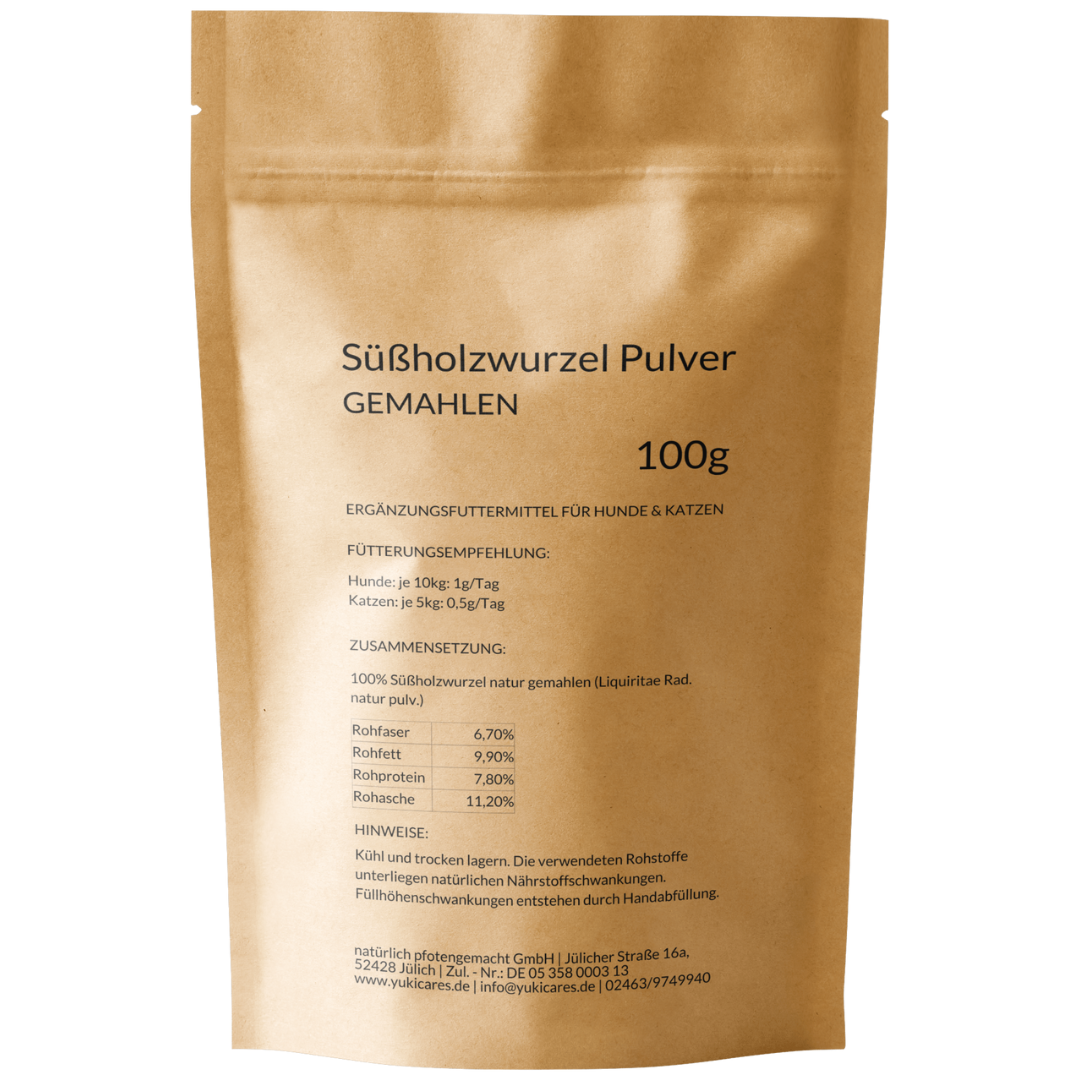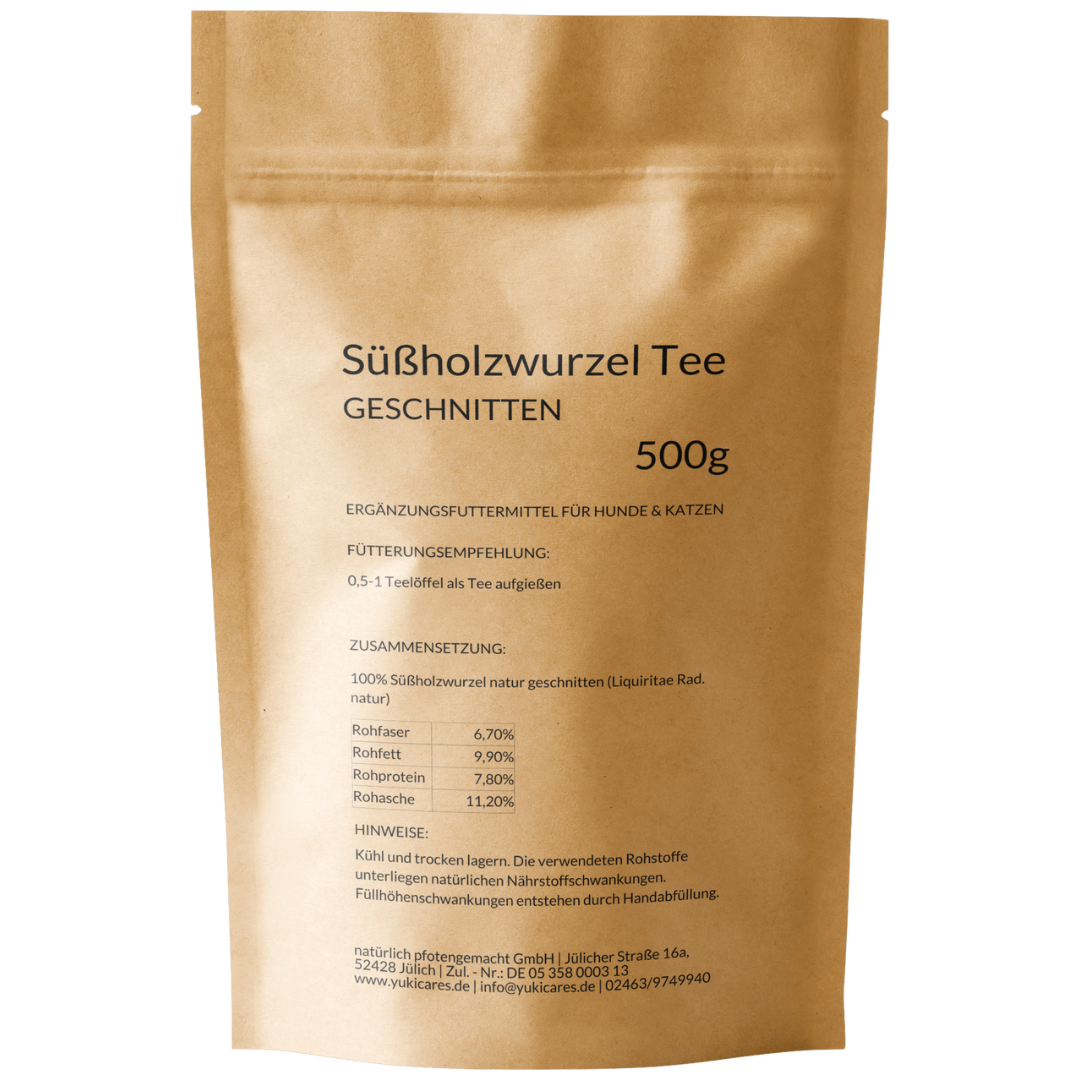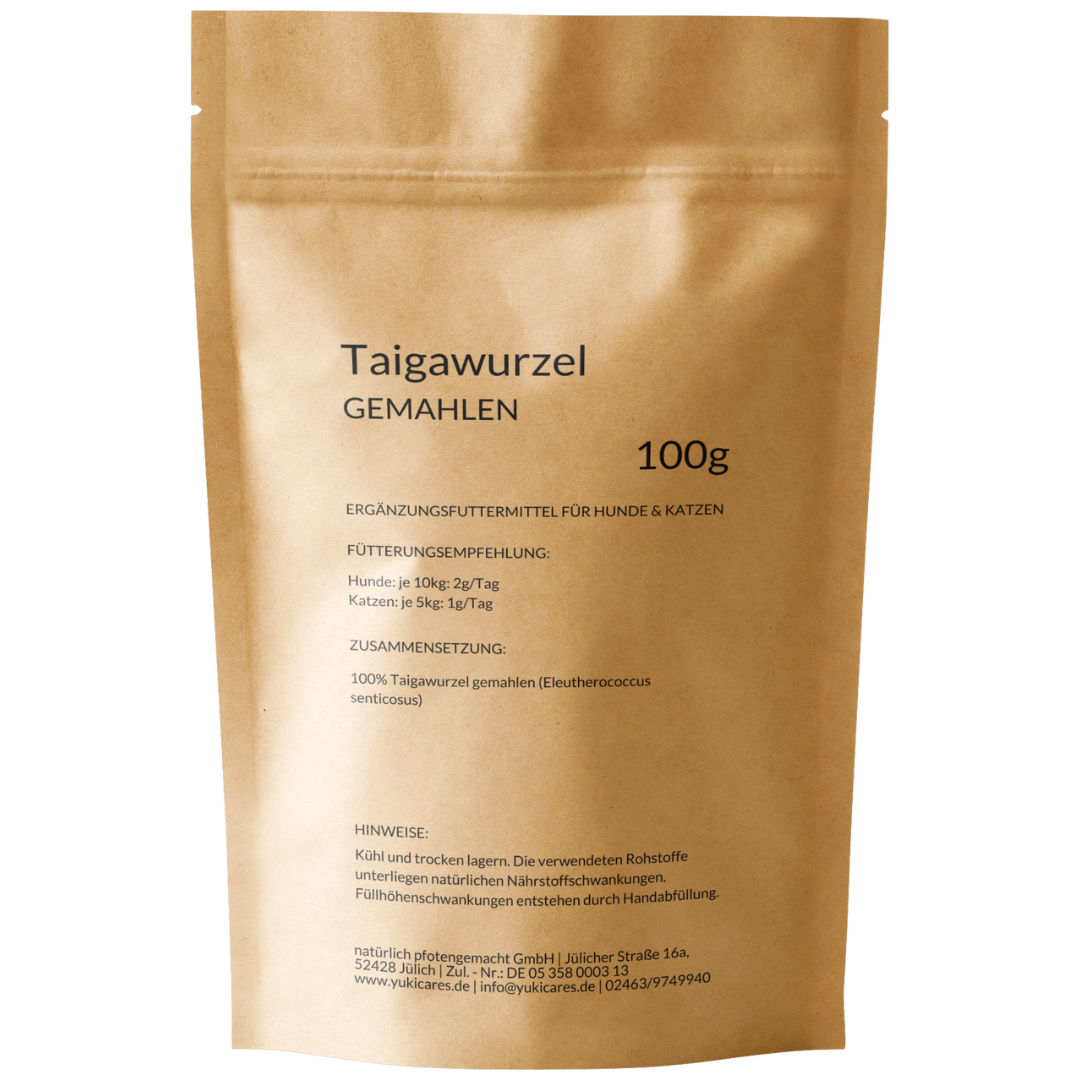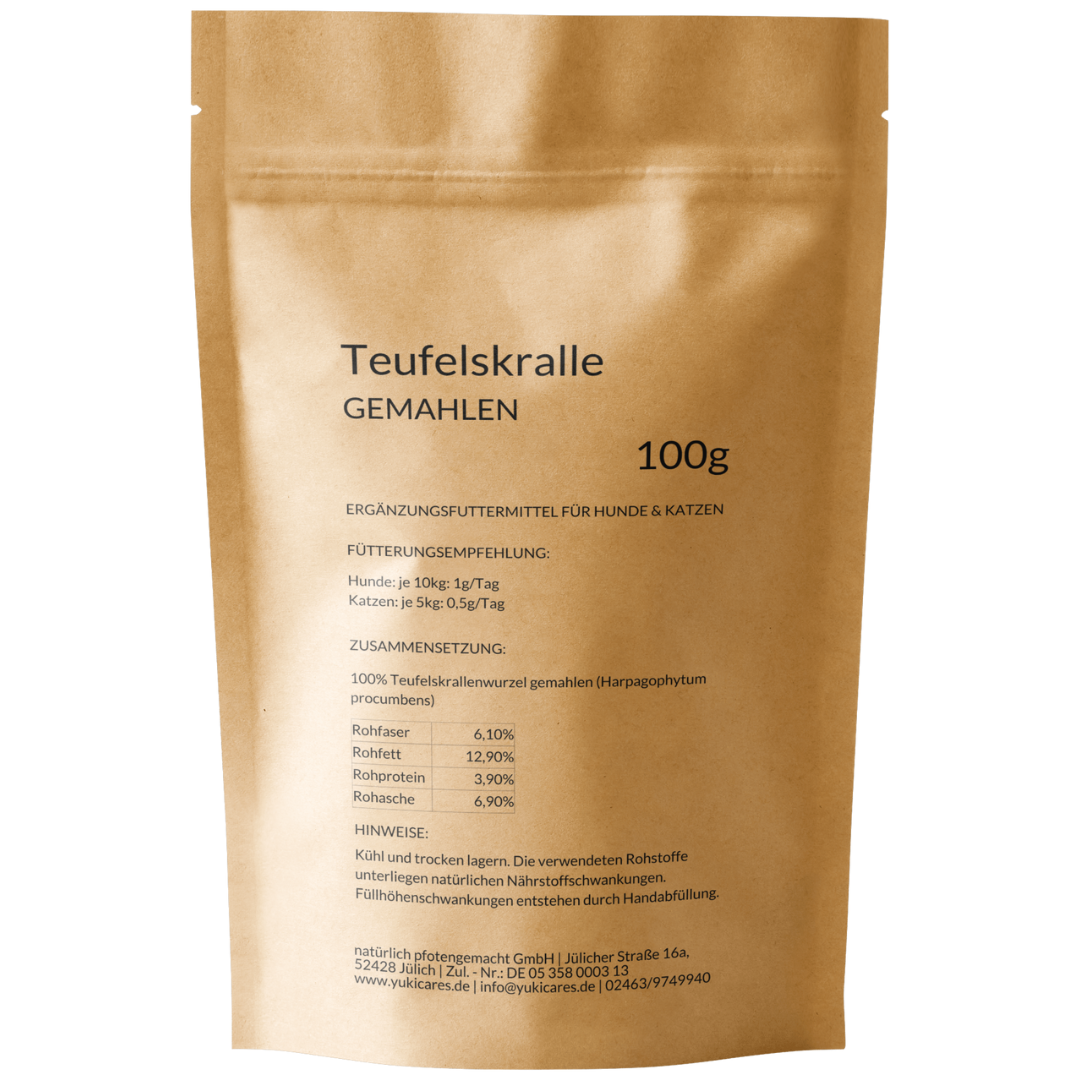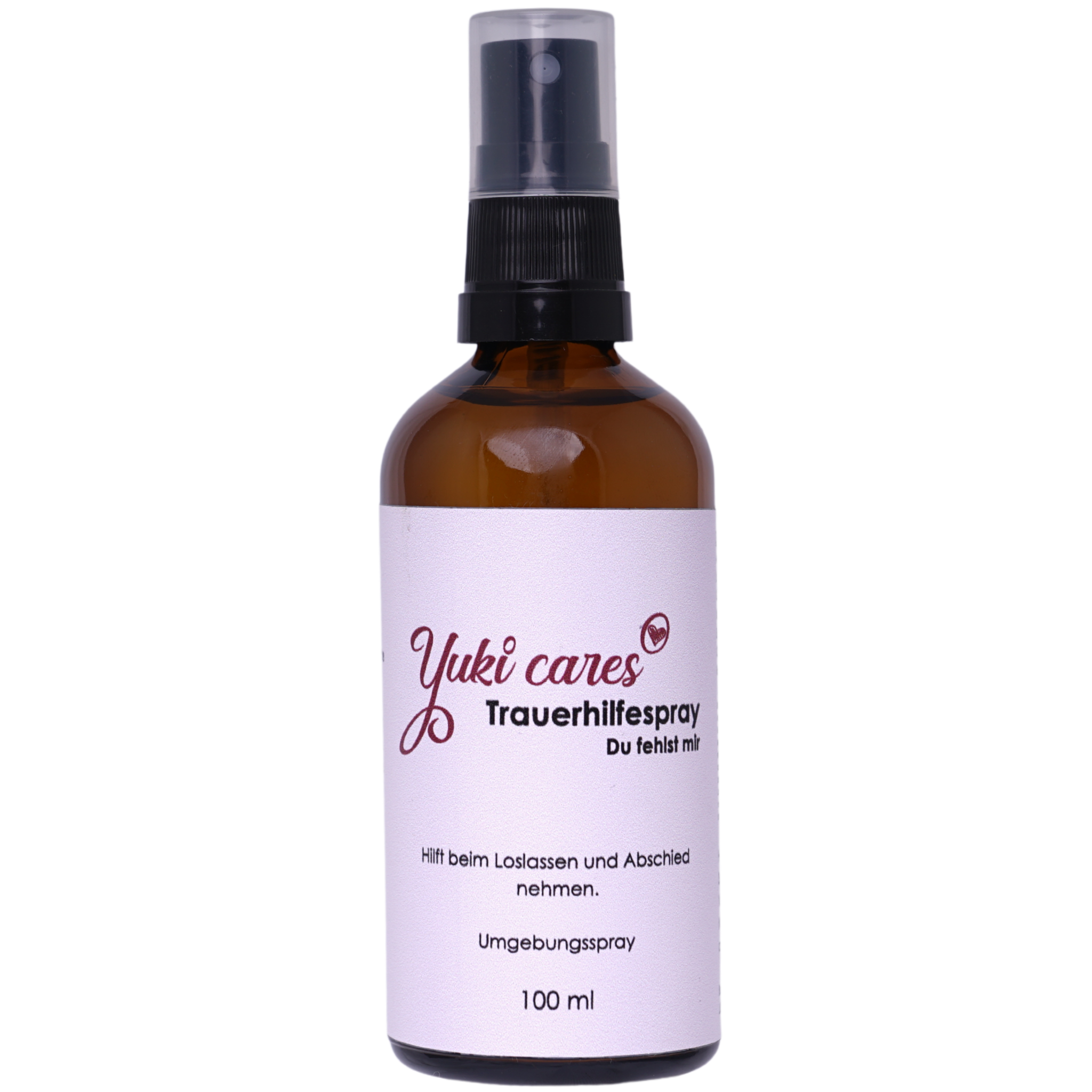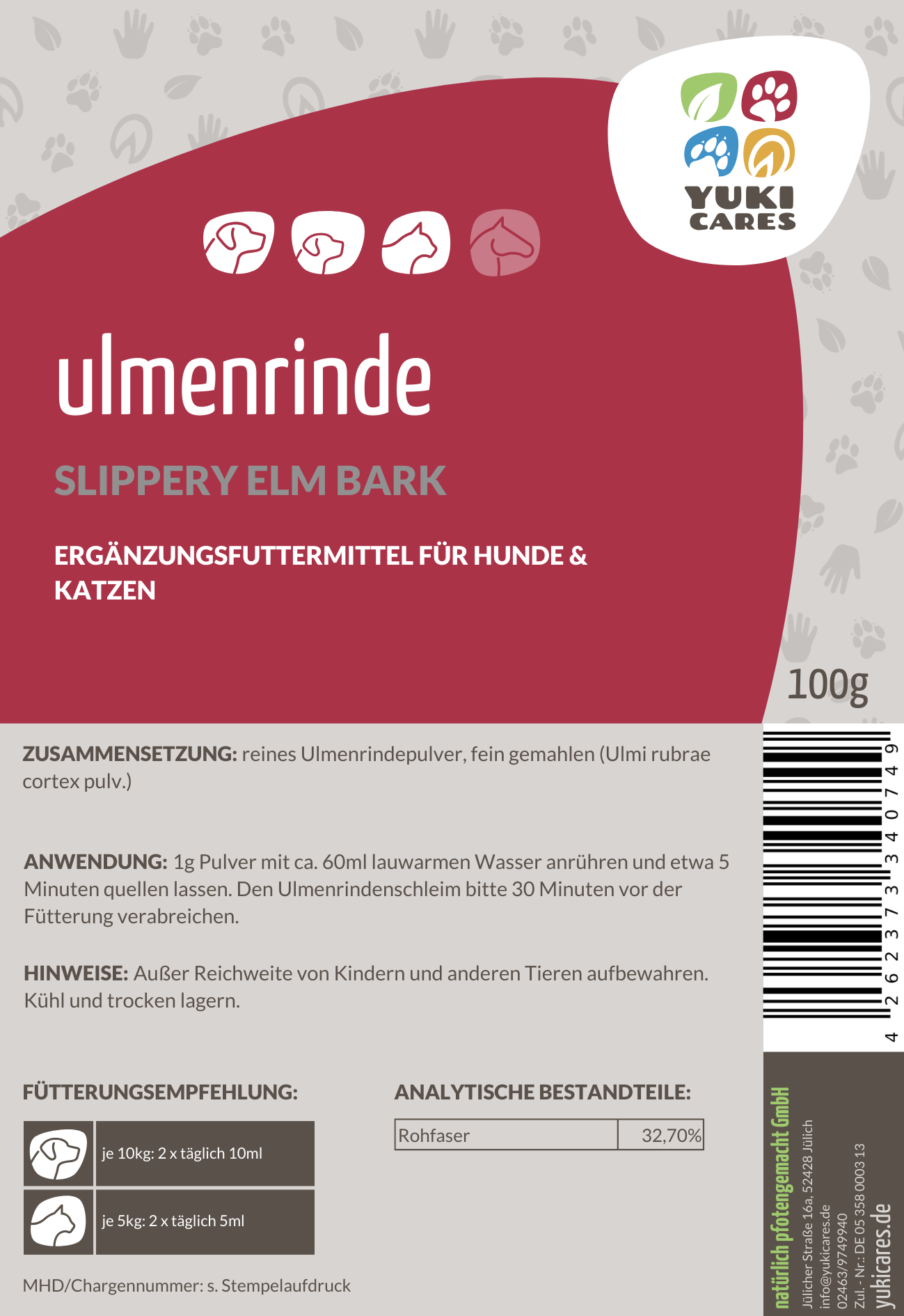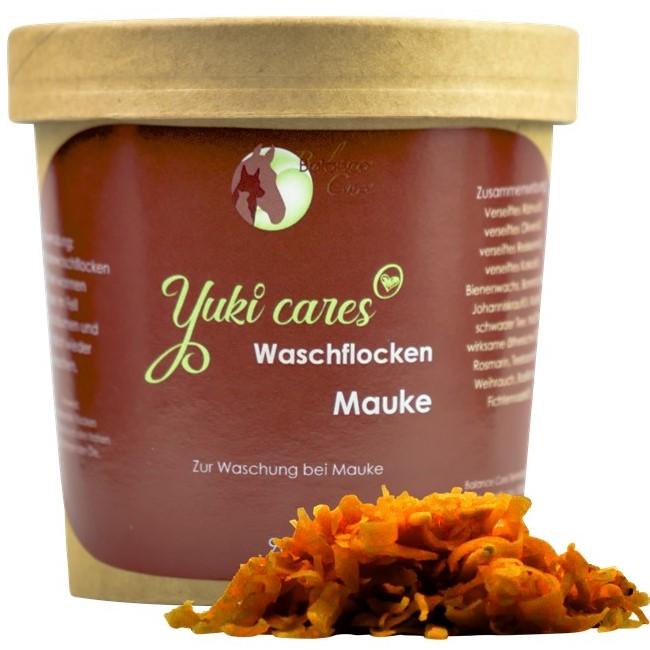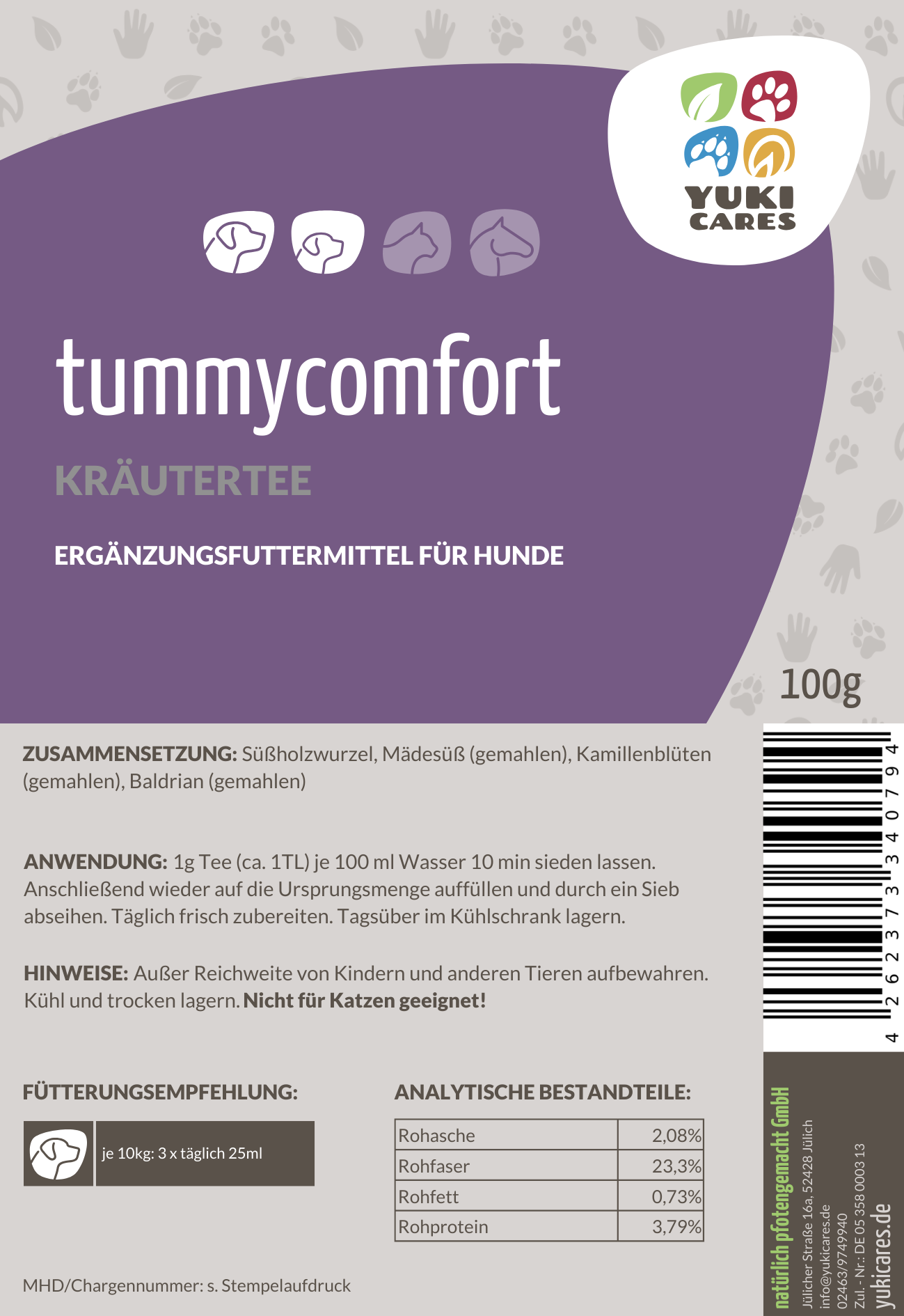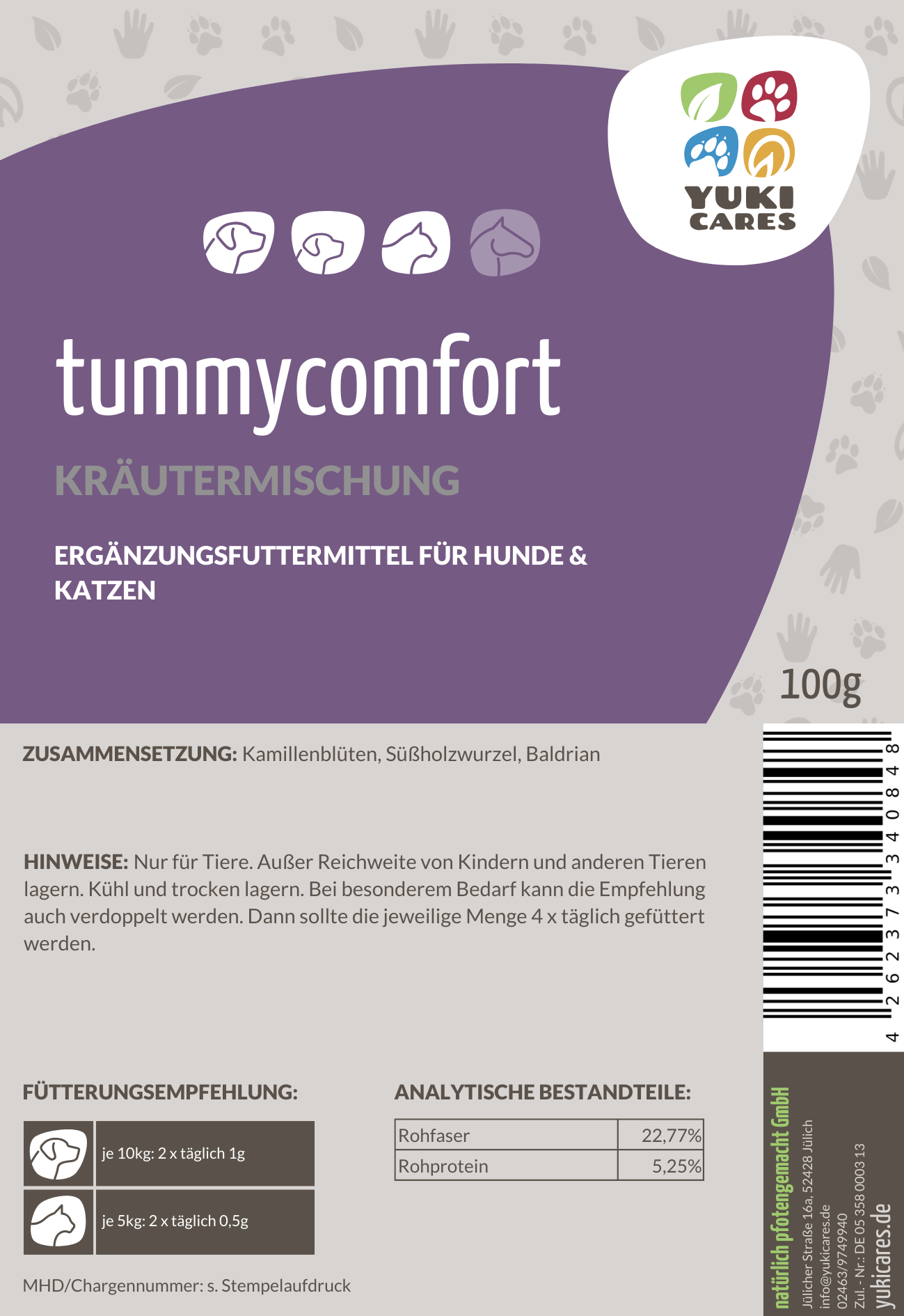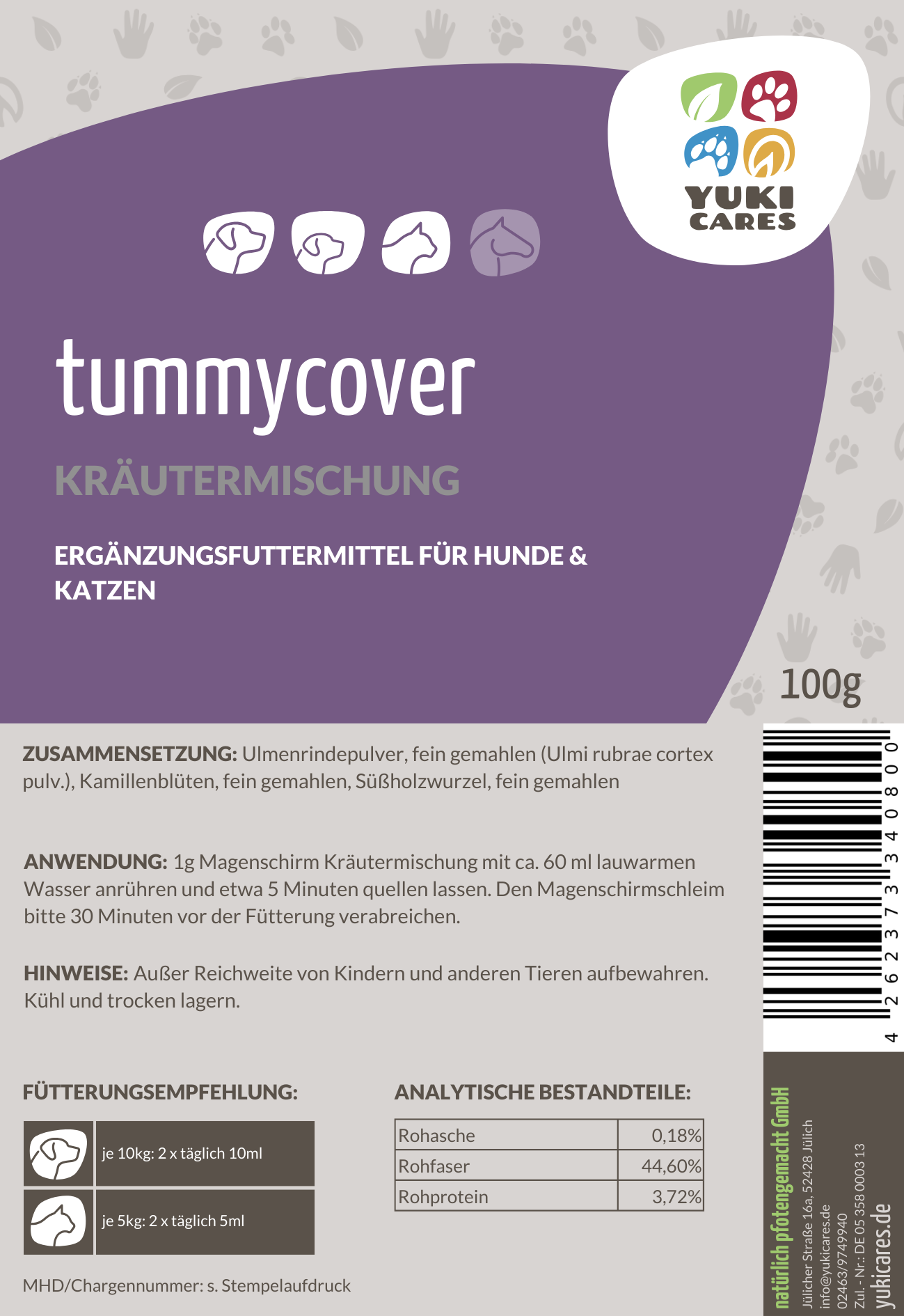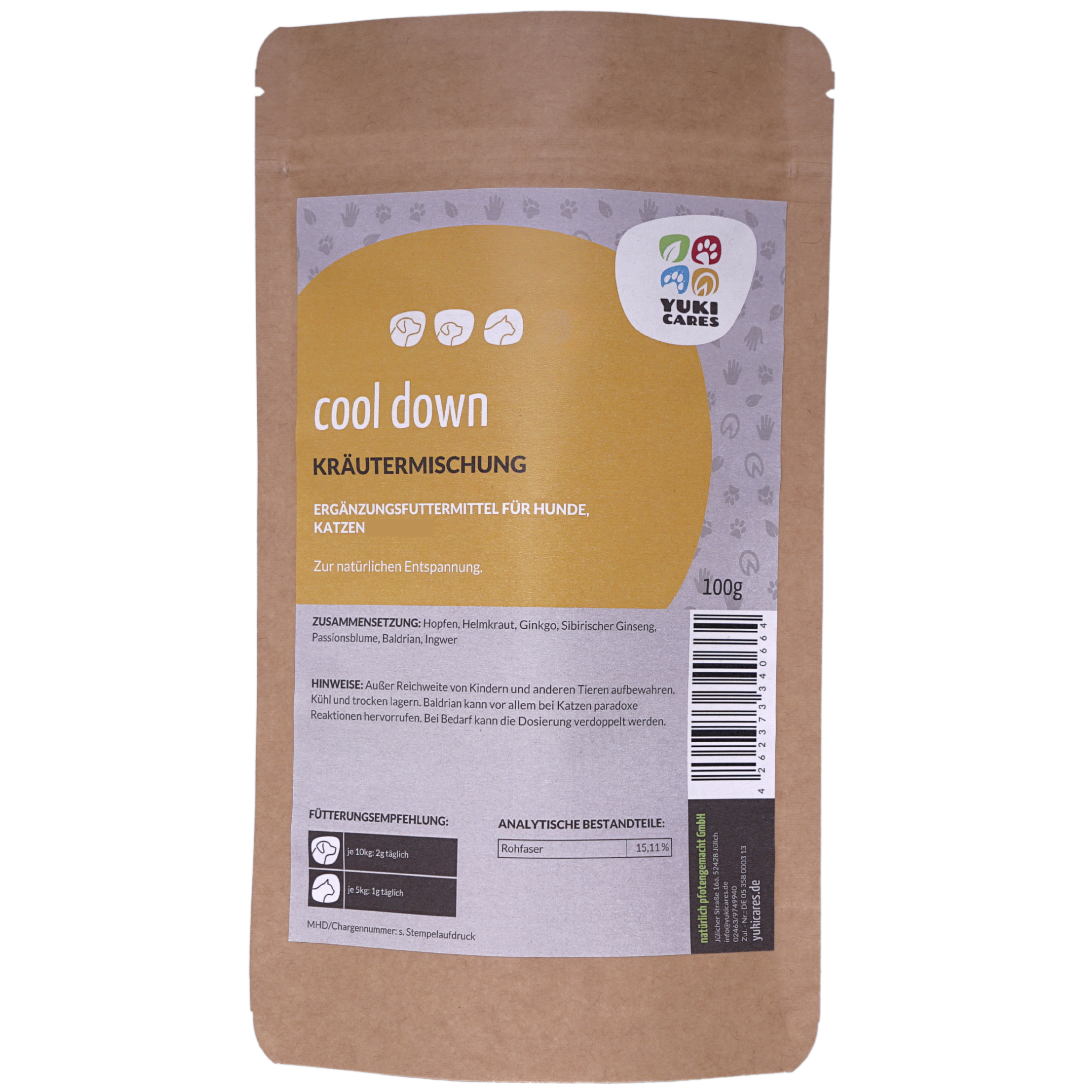Herbs - the cure-all?
Many feed supplements and many foods contain a wide variety of herbs. Want to know if and how beneficial these are? Check out the individual ingredients in our herbal glossary!
Are you looking for a product with a specific ingredient? Enter the ingredient, such as chamomile, into the search bar, and you'll see all our products that contain chamomile in some form.
A B C D E F G H I J K L M N O P Q R S T U V W X Y Z
A
Aronia berries
Aronia is known as a superfood and is often valued for its high vitamin and flavonoid content. It acts as an antioxidant. Aronia berries are also grown in Germany, especially in eastern Germany, for example, in Dresden.
B
wild garlic
It belongs to the allium family and is a wild vegetable native to Europe. Due to its characteristic garlicky or sulfuric smell, it is also called wild garlic. The Celts, Germanic tribes, and Romans were already familiar with wild garlic and consumed it as a medicinal herb. Even today, wild garlic is often used in cooking; it is more aromatic and slightly pungent than garlic, and it doesn't produce as strong a "garlic breath." Wild garlic contains allicin, an organic sulfur compound that causes its characteristic smell and is considered extremely healthy. Overall, wild garlic has a positive effect on cholesterol levels and can prevent strokes, heart attacks, and high blood pressure. It also has detoxifying, appetite-stimulating, and digestive properties. However, the herb's effect on four-legged friends as a food ingredient is the opposite: wild garlic is toxic to them. The methylcysteine sulfoxide it contains destroys red blood cells and subsequently leads to anemia. When walking, you should make sure that the animals don't eat wild garlic, and in paddocks, you should remove wild garlic, including the bulb. However, wild garlic can be used therapeutically for heavy metal detoxification; the dosage depends on the individual.
basil
It originates from the tropics of Asia and Africa, but today it is used as a spice and medicinal herb in almost every part of the world. In Germany, bush basil is the most widely used culinary spice alongside pepper. The name basil comes from the Greek word 'basileus,' which translates as 'king.' There are probably around 65 species of the basil genus, at least seven of which are cultivated as medicinal and culinary herbs. Basil is also well-suited for four-legged friends, as it is rich in vitamins and minerals and also has antimicrobial properties. For example, it can help treat bacterial and viral infections. The herb can be added to food, either fresh or dried. However, caution is advised for pregnant dogs: it should not end up in their bowls.
Nettle
The common nettle, which is widespread throughout Europe and Asia, is the medicinal plant of the year 2022. Its habitat requirements are very low, so it grows virtually everywhere – which contributes to its being considered a weed in many places. It is also known to cause painful hives on the skin as soon as it is touched. This reaction is actually directed at predators and is caused by the breaking off of the stinging hairs, which are enriched with silica and then penetrate the skin. Aside from this unpleasant defensive reaction, however, the nettle has many beneficial properties. For example, Paracelsus used it as a medicinal herb for joint pain over 500 years ago and it has been known as a medicinal and cultivated plant for thousands of years. Unlike other plants, the nettle is used therapeutically as a whole herb, including the root, because all components contain abundant vitamins, tannins, minerals, and much more. It has been scientifically proven to be particularly effective for menstrual complaints, skin diseases, urinary tract infections, liver problems, and rheumatic diseases. Four-legged friends also benefit from this "weed" and can be used as a tea or mixed into their food in dried form.
C
D
E
F
thimble
Foxglove belongs to the Plantain family and is native to Europe, Western Asia, and North Africa. Of the approximately 25 species, the red foxglove is the most widespread in Germany. The entire plant is highly toxic; even the smallest amounts can be fatal even to an adult, so foxglove should not be planted in gardens where children or pets are present. Gloves should also be worn when handling foxglove. At the same time, however, foxglove is also used as a medicinal plant. Its constituents are used in small (homeopathic) doses to treat heart disease, as digitalis glycosides are among the best heart tonics.
G
daisy
They are indicator plants and indicate nutrient-poor and acidic soil. One reason for acidic soil could be that you've applied too much fertilizer because you actually wanted to strengthen the grass, or you have a lot of conifers nearby, as is the case here. Blueberries and cranberries really like acidic soil, so you can plant them here, but potatoes and tomatoes also thrive. And if you prefer blooming, rhododendrons and magnolias also like acidic soil.
But the daisy can do much more:
It has a hemostatic and antispasmodic effect, as well as analgesic properties, and can stimulate metabolism and excretion via the kidneys and bladder. This makes it widely applicable: skin diseases, edema, rheumatic inflammation, and bladder stones.
geranium
The pelargonium originates from South Africa. When first imported, the plant was mistakenly labeled a geranium and only assigned to the correct genus, Pelargonium, almost 100 years later. Today, the geranium is widespread and has countless varieties. It is particularly popular as a balcony and garden plant because it is both easy to care for and heat-resistant. In Germany, a distinction is made between three types: hanging geraniums, upright geraniums, and scented geraniums, which are used to make scented oils. The largest ethnic group on the east coast of South Africa, the Zulus, use the decoction from the roots of the native species Pelargonium reniforme and Pelargonium sidoides as an effective remedy for respiratory illnesses. Respiratory infections are also treated with this herb in this country today; the well-known remedy "Umkaloabo" (translated from the Zulu language: severe cough) is an alcohol extract from the roots of the geranium. Furthermore, essential geranium oil (not to be confused with geraniol!) is used in aromatherapy. Geraniums are largely harmless to dogs and cats, but the toxins they contain can have serious side effects for small animals such as hamsters or guinea pigs. Generally, care should be taken to ensure that dogs and cats do not ingest any parts of the geranium plant, as this can lead to severe vomiting, among other things.
clove
The clove belongs to the myrtle family and is native to Indonesia. However, it is now also popular in local cuisine and is used, especially in winter months, in mulled wine and gingerbread, as well as in game dishes. As a medicinal plant, the clove is used for its eugenol content, which inhibits the growth of viruses, fungi, and bacteria and also has analgesic properties. However, it is not suitable for four-legged friends, as the oleanolic acid it contains can cause diarrhea and nausea.
ginseng
Ginseng is a medicinal plant that is particularly popular with older animals. It has a tonic effect on the heart and has a positive effect on dementia and a weak immune system. Ginseng can also have a strengthening effect on anxious or stressed animals.
Laburnum
It was the poisonous plant of the year 2012 and is native to Central and Eastern Europe. In this country, it is a popular ornamental plant because it has no special demands regarding soil, location, or care, and is also used in natural gardens, as the flowering tree is very popular with bumblebees. However, caution is advised in gardens where children or pets are present, as all parts of the tree contain the toxic substance cytisine. A particularly high concentration of the alkaloid is found in the ripe seeds. Cytisine initially has a stimulating effect and, as poisoning progresses, paralyzes the central nervous system, which can lead to death in the worst case. If you suspect you have ingested laburnum, you should consult a veterinarian immediately. Aside from the plant's high toxicity, it also has other positive aspects: the hard wood of the laburnum tree is very popular in the construction of musical instruments and furniture restoration. Cytisine is also used very successfully in nicotine withdrawal. It acts as a partial agonist of a receptor subtype responsible for the development and maintenance of nicotine dependence.
H
hop
You only know it from beer? Well, then you've been missing out, because hops can have much more than just a hoppy taste. Even the monks knew this, which is why they chose them as an ingredient in their beer.
Hops are a climbing plant and can be grown on walls or pergolas. True hops, which are used in brewing beer, bloom several times and can live for up to 50 years. Hops belong to the hemp family and, like other plants of this type, contain active ingredients used pharmacologically. Hops primarily have a sedative effect. Their calming, melatonin-like properties also help with sleep. Hops must be ingested for this effect, but for aromatherapy you can, for example, fill a pillowcase with your dried hop harvest, knead it freshly in the evening and snuggle up with it. This helps you relax and fall asleep quickly despite your head racing. That's why it's an important ingredient in our Cool Down herbal blend .
I
J
K
chamomile
German chamomile is one of our best-known wild herbs. It originally comes from southern and eastern Europe, but is now found in most countries around the world. Because it is relatively undemanding, it can be found in both wild meadows and fallow land. While German chamomile is ubiquitous in tea form, it is hardly used as a culinary herb, although both the flower buds and leaves are edible and can be added to salads or soups, for example. Chamomile is one of the most widely used household remedies and is primarily used for gastrointestinal complaints and the treatment of minor wounds. It has anti-inflammatory and antioxidant properties. Chamomile also helps our four-legged friends with flatulence, diarrhea, or other gastrointestinal problems. If necessary, you can simply boil chamomile tea and add it to their food, for example. Because of its wonderful effect on the stomach, we use it in both the stomach shield and the stomach rest herbal mixture .
cardamom
Originally from India, cardamom belongs to the ginger family. Along with saffron and vanilla, cardamom is one of the most expensive spices in the world, as the fruit capsules have to be picked by hand and the time window for this is very short. In this country, cardamom is mainly used in Christmas baking; in its homeland, it is an integral part of many dishes, such as chutneys and curries. As a medicinal plant, it is primarily said to have a positive effect on digestion and the respiratory system. For four-legged friends, cardamom can be used in homemade dog biscuits, for example. However, caution is advised for pregnant dogs: ginger plants can induce labor.
Catnip
Catnip belongs to the mint family and is native to Europe, North Africa, and Asia. The genus includes around 200 species, but only a few are used as ornamental plants in this country. Catnip is particularly popular because it is very easy to care for, blooms for a long time, and produces beautiful flowers. These advantages earned it the title of "Perennial of the Year" in 2010. As the name suggests, some cats have a fondness for this perennial. They first sniff it, then roll and rub themselves in the flowers, which can induce a state of intoxication in the pets for a few minutes. The exact causes of this have not yet been scientifically proven. The plant has no particular effect on dogs, but is completely harmless to them. Furthermore, catnip is an excellent food source for bees and insects and is often used as a medicinal plant for inflammation, digestive problems, and respiratory complaints.
Cherry laurel
Did you know that cherry laurel belongs to the rose family? If you have it in your garden, you should make sure to keep it small and in shape, as it easily becomes overgrown and disrupts our ecological balance here. Since cherry laurel is poisonous, you should always wear gloves when pruning, and neither dogs nor cats should play in the pruning debris. The same applies to children, of course. Since cherry laurel cherries taste sweet, you should be especially careful not to eat or chew them while they are ripe, as the seeds contain hydrogen cyanide, which inhibits oxygen binding in the blood. Incidentally, the hydrogen cyanide is destroyed when cooked, which is why the fruit pulp is used in Turkey to make jam, for example. If you want to get rid of your cherry laurel, please don't carelessly throw it out into the wild. The plant copes well with poor soil conditions and frost, thus displacing our native fauna in no time. Please dispose of it as normal with your garden waste or burn it if permitted.
L
lavender
True lavender belongs to the mint family and originally comes from the Mediterranean region. Benedictine monks introduced it to northern European monastery gardens as early as the 11th century. It is a popular garden plant here because it is easy to handle and hardy in countries with wine-growing climates. Southern France, in particular, is known for its lush lavender fields. The Romans used the plant to make fragrant bath additives. The name lavender is derived from the Latin word lavare, meaning "to wash." Lavender's essential oils have a harmonizing and calming effect. When prepared as a tea, lavender also has anti-inflammatory and antibacterial properties and is therefore often used for sore throats and pharyngitis. The tea also relieves stomach cramps, among other things, and is therefore used for digestive problems. Lavender is not toxic to most animals, except for rodents. Lavender is also used to calm them, for example, in lavender pillows. Because of its calming effect, lavender oil is an integral ingredient in many of our care products.
linseed
Flaxseeds are often used to support bowel movements. They have a digestive effect but can also have a mild laxative effect. This effect is due to the fact that flaxseeds can swell up to eight times their volume, exerting internal pressure on the intestinal wall, leading to increased peristalsis. They can therefore help with constipation. Furthermore, the flaxseed mucilage, which forms when fluids bind, can have a protective effect on the mucous membrane.
dandelion
It belongs to the daisy family and is found throughout the temperate zones of the northern hemisphere. It prefers to grow in nutrient-rich soils, such as nitrogen-rich meadows, ditches, or roadsides. Despite its reputation as a "weed," dandelion is primarily valued as a medicinal herb. Due to its high nutrient and vitamin content, as well as the tannins and bitter substances it contains, it has a positive effect on the entire organism. It is used for spring fatigue, as well as for problems with the liver, kidneys, intestines, or gallbladder, and for lowering blood sugar levels. Dandelion tea is particularly well-known for its diuretic and blood-purifying properties. Dandelion also stimulates the metabolism and thus detoxifies the entire body. In addition to eliminating toxins, dandelion can also help relieve skin conditions such as acne or gout. Among many other popular names, it is also called the "dog flower." Both dandelion leaves and flowers can be eaten by four-legged friends without any problems and can also be added to their food (raw, prepared as a tea, or dried). However, the milky sap contained in the stem can cause nausea and vomiting if consumed in excess due to the small amounts of toxins present, so the dosage should be carefully monitored. Just as in humans, dandelion has detoxifying, anti-inflammatory, prebiotic, and diuretic effects in dogs. Due to these properties, dandelion is an integral part of our joint health .
M
daisy
They belong to the daisy family and are native to Europe. The daisy family includes many medicinal plants, such as marigold, chamomile, and the daisy's little sister, the daisy. The robust and easy-care daisies can be found in gardens, pastures, and meadows, often in the company of cornflowers, clover, and poppies. In addition to their beautiful appearance, which makes them a popular cut flower, they are also a magnet for bees and butterflies and are also used medicinally. Only the flower heads are used, and these are usually brewed as a tea. They have both an antispasmodic and soothing effect on the mucous membranes, which is why they are often used for asthma or coughs. Daisies are also harmless to our small and large pets.
Lemon balm
is one of the oldest known medicinal herbs and can still be found in many herb gardens today. It is also known as lemon balm because of its very characteristic lemon-like scent. This is caused by the pure essential oils contained in its leaves. Lemon balm belongs to the mint family and originally comes from the warm south. In addition to its use as a medicinal plant, lemon balm was also cultivated as bee food, especially in ancient times. Today, lemon balm is mainly used to treat herpes simplex viruses, impure skin, colds, and psychological illnesses (sleep disorders, nervousness, etc.). Its use is also well known for intestinal disorders. Lemon balm has a calming effect on the intestinal muscles and thus relieves feelings of fullness and flatulence. Lemon balm is also excellent for four-legged friends, where it is used to support nerve function, digestive function, and for skin problems.
nutmeg
Nutmeg is a seed from the nutmeg tree, which originates from Indonesia. It is used in local cuisine, especially in potato dishes, sauces, and in cooking various vegetables. However, caution is advised when using nutmeg: it contains myristicin, which has hallucinogenic properties and can lead to poisoning and stomach upset. Due to this toxic effect, it was previously used as an insecticide. Nutmeg is toxic to dogs and can cause severe neurological reactions even in small amounts. The nutmeg husk, also known as mace, is also used as a spice.
N
O
oleander
Nutmeg is a seed from the nutmeg tree, which originates from Indonesia. It is used in local cuisine, especially in potato dishes, sauces, and in cooking various vegetables. However, caution is advised when using nutmeg: it contains myristicin, which has hallucinogenic properties and can lead to poisoning and stomach upset. Due to this toxic effect, it was once used as an insecticide. Nutmeg is toxic to dogs and can cause severe neurological reactions even in small amounts.
orchid
The orchid (Orchidaceae) is a globally widespread and popular plant. There are approximately 1,000 different genera, divided into approximately 15,000 to 30,000 species. Not all species are poisonous; certain species are even sometimes processed and used medicinally. However, some species are toxic and should be treated with caution. It is therefore difficult for non-botanists to determine which genus their orchid belongs to. Therefore, the safety of dogs and cats should be a priority, and orchids should always be kept away from four-legged friends. In poisonous specimens, either parts of the plant or the entire plant are poisonous. Consumption can cause symptoms of poisoning and be harmful to the animal's health.
oregano
Marjoram, also known as wild marjoram or, as you probably know it, oregano, not only tastes good, it's also widely used as a medicinal plant, particularly valued for its antimicrobial and antiviral properties. Most people probably know oregano as an ingredient in herb buttermilk to combat Giardia. Oregano also contains bitter compounds, making the fatty cheese on your pizza easier to digest.
P
peppermint
is one of the best-known herbs and is used in many foods, drinks, and even personal care products. It probably originated in East Asia and is a natural cross between water mint and spearmint. In addition to its flavor, for example in sweet dishes or toothpaste, peppermint is also highly regarded as a medicinal plant. When taken as a tea, it is particularly helpful for gastrointestinal complaints and colds, as the essential oils it contains have calming, antibacterial, and antispasmodic properties. In animals, peppermint is primarily used to aid digestion. The fresh or dried leaves are added to food, or peppermint is given as a tea. We like to use it in our personal care products because of its cooling effect.
Q
R
marigold
Calendula is also one of the oldest and best-known Western medicinal plants. The medicinal use of calendula is regulated by the European Medicines Agency, even though studies have not sufficiently proven its medicinal effect. However, due to its long-standing traditional use, the plant is considered non-harmful. Its use has been documented since Hildegard von Bingen in the 12th century.
Extracts of the flowers or the flowers themselves are used for skin inflammation and wound healing. We use calendula in our skin repair products; for this, we make our own oil extract from the dried flowers.
S
sage
is one of the oldest known spice and medicinal plants. Originally native to the Mediterranean region, it was already being exported to other countries in ancient times. Today, it grows in almost every herb garden, survives the cold winters without problems, and has become an indispensable part of local cuisine. As a medicinal plant, it is primarily used in tea form for colds, stomach problems, and inflammation of the mouth. It also helps with itching, cramps, and body aches, and is used in cosmetic products. The tannins and bitter substances it contains, along with the essential oils, are responsible for its healing properties. Sage is just as suitable for dogs as it is for humans. It has antibacterial and anti-inflammatory properties and can be administered as a tea. It can also be used for worm or parasite infestations. However, caution is advised with pregnant dogs; sage should not be used in these cases.
Black cumin oil
Black cumin oil is extracted from the seeds of the black cumin plant and is native to Asia. Black cumin is widely used in both culinary and naturopathic medicine. We use it in our antiparasitic products, such as our coconut sprays and sweet itch spray. Parasites seem to dislike the smell and therefore stay away. Black cumin oil can be used not only externally but also internally for therapeutic purposes. Caution, however: It is not intended for long-term use. Before administering it to your four-legged friends, consult a trusted therapist!
T
Marigolds
Also known as marigold or Turkish carnation, it is used in Peru as a spice with an anise-like aroma. Lutein, an amino acid essential for eye health, is extracted from marigold flowers.
Thuja
Thuja, also known as the tree of life, can be found in many German gardens. Thuja contains thujone, which can be a skin irritant, so you should wear gloves when pruning. Please also dispose of hedge clippings carefully. Grazing animals like to eat such leftovers and become poisoned by them. In naturopathy, Thuja is used to treat warts. In herbal medicine, the wart is regularly moistened with a Thuja solution. Homeopathically, Thuja is taken as a dilution or globule, although Thuja is considered a very powerful remedy in homeopathy and should never be used without therapeutic support.
thyme
Thyme is a versatile medicinal and culinary herb. Most people probably have it in their spice drawers or herb garden at home and regularly use it in cooking or baking. As a medicinal herb, it is primarily used for upper respiratory tract infections, as it promotes expectoration and relieves cramps. It also strengthens the immune system and has antibiotic properties. This is due to the essential oils it contains, which have a high thymol content. While humans use thyme for teas or cold baths, four-legged friends simply mix the ground herb into their food.
U
V
Vanilla
Belongs to the orchid family and was originally native to Mexico. Along with cardamom and saffron, it is one of the most expensive spices in the world. Although there are over 100 different varieties of vanilla worldwide, only 15 varieties provide the aromatic capsules. The most common is sweet vanilla, which is used primarily in desserts. Vanilla is rarely used as a medicinal plant these days, even though its many properties have been scientifically confirmed. However, vanilla is often used as an essential oil to lift the mood. Vanilla can certainly be used in the diet of four-legged friends, but one should do so sparingly and ensure that one uses real vanilla. Vanilla extract and chemically produced vanilla imitations often contain a high proportion of alcohol, which is toxic to dogs.
W
walnut
Walnut leaves can be used both internally and externally.
They are used externally to treat skin problems because they contain a lot of tannins. Anyone who has ever crushed a walnut leaf with their hands will have been pleased by the brown discoloration and unpleasant smell. But it is precisely these tannins that cause the proteins on the skin's surface to change and seal it off. This creates a protective film that prevents pathogens such as bacteria and fungi from penetrating. They also have anti-inflammatory and analgesic effects. Internally, walnut leaves are used for gastrointestinal problems or as a natural worming treatment. They are either prepared as a tea or the dried leaves are added directly to food.
Hawthorn
Hawthorn, also known as Craetaegus, is used therapeutically to regulate and strengthen the heart. Furthermore, hawthorn can stop diarrhea thanks to its astringent properties.
X
Y
Yucca Schidigera Extract
Yucca extract, used as a medicinal plant. Traditional uses of yucca include diarrhea and joint inflammation. It also contains secondary plant substances that promote digestion. However, one should carefully consider whether to feed a medicinal plant long-term.
Z
cedar
Cedars are evergreen conifers and belong to the pine family, but form a separate plant genus. There are only three species worldwide, and today they are found only in cool, moist high altitudes of various mountain ranges. Originally, they inhabited a contiguous area from the western Mediterranean to the Himalayas, but were increasingly pushed back due to droughts triggered by climate change. Cedars are characterized by their impressive crown growth and are therefore particularly suitable for parks. Cedar trees are toxic to our four-legged friends, with the exception of cedar wood. We use cedar oil for aromatherapy in our Cool Down products; in these cases, the dosage is non-toxic.
Cinnamon
Opinions differ here – you either love it or you hate it. There doesn't seem to be a real middle ground with this spice. It's important to distinguish between Ceylon cinnamon and Cassia cinnamon. The latter usually contains a very high proportion of coumarin, which can be harmful to both humans and animals. Therefore, Cassia cinnamon should only be consumed in small quantities. Ceylon cinnamon, on the other hand, contains only extremely small amounts of coumarin, tastes good, and has health-promoting effects. This is due to the essential oils, secondary plant substances, and minerals such as magnesium, calcium, iron, manganese, and potassium it contains. Cinnamon lowers both blood sugar and blood lipid levels and also has anti-inflammatory and pain-relieving effects. In herbal medicine, cinnamon is often used therapeutically, especially for type 2 diabetes mellitus. As usual, the dose makes the poison, so you should be careful about the amount of Ceylon cinnamon you give your dog. However, there's nothing wrong with mixing a small amount of cinnamon into your healthy four-legged friend's food every now and then.

